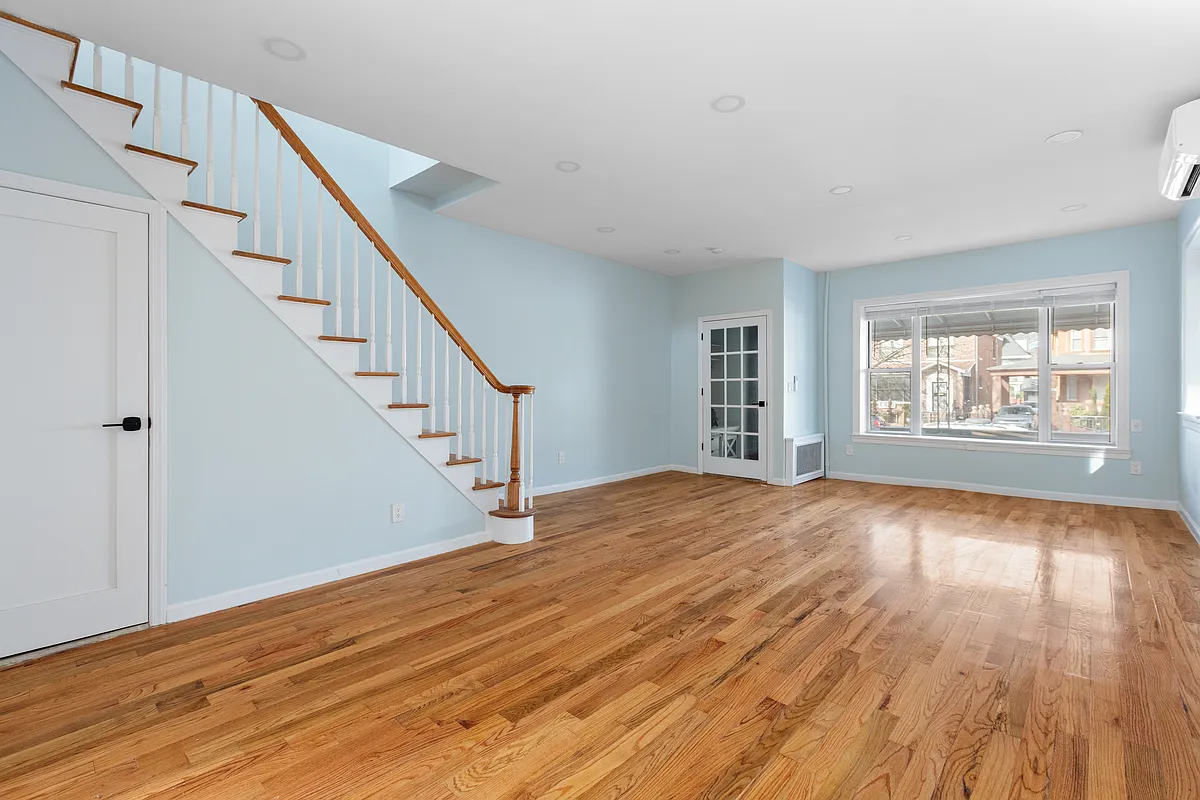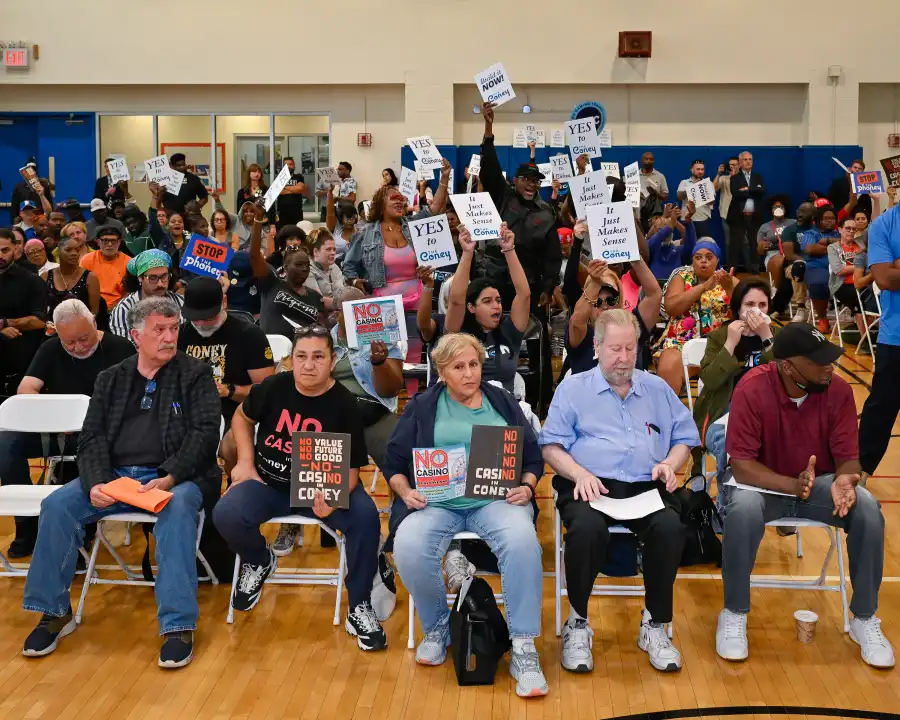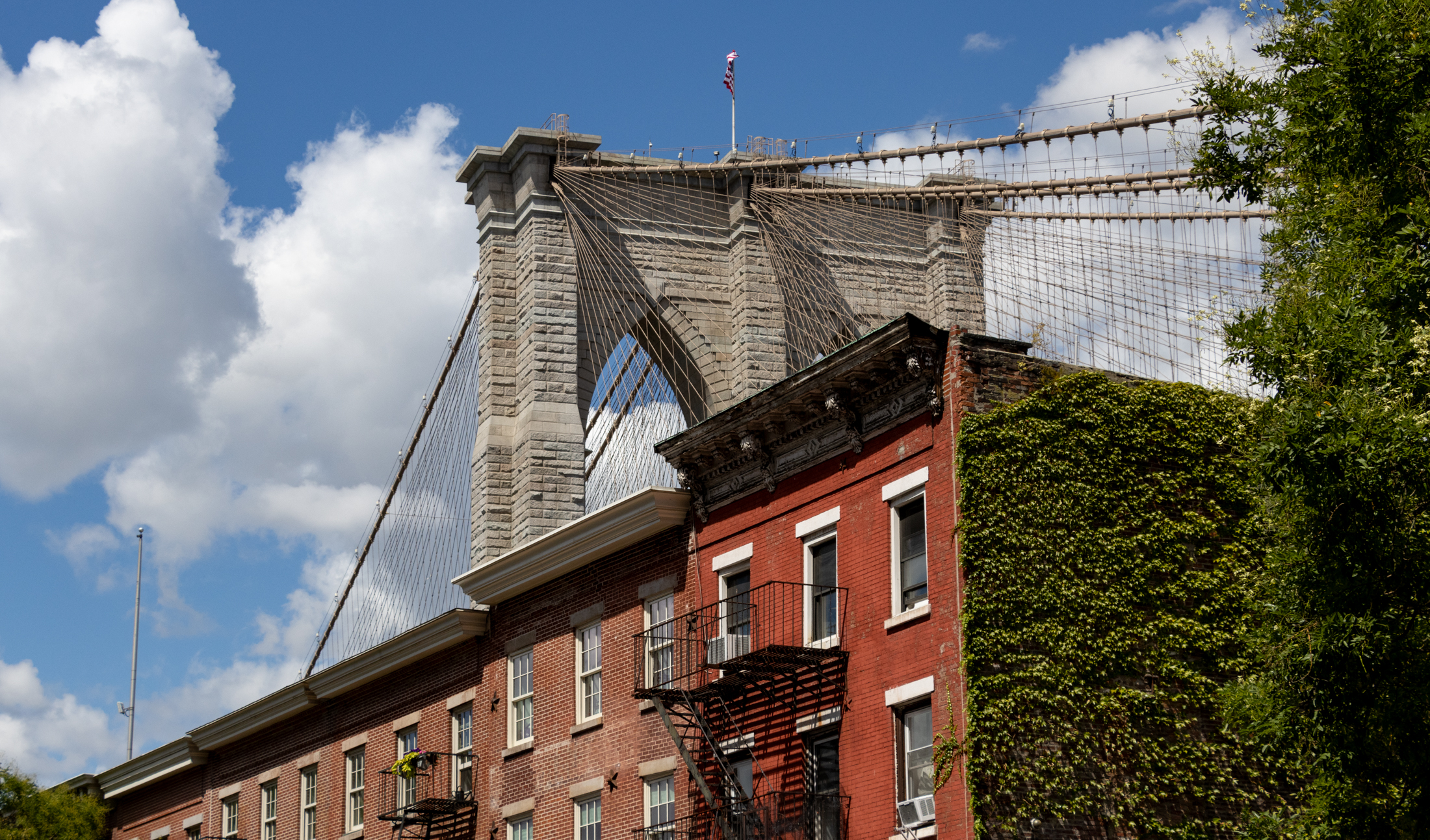Inside Third & Bond: Week 9
If we can be allowed to confuse real estate development with fashion, green is the new black. Going green is possibly the biggest nation-wide trend right now and there’s no place like New York for taking a trend and rushing to lead the pack. The last few years have brought us the development of extreme…

 If we can be allowed to confuse real estate development with fashion, green is the new black. Going green is possibly the biggest nation-wide trend right now and there’s no place like New York for taking a trend and rushing to lead the pack. The last few years have brought us the development of extreme green projects like the Solaire, One Bryant Park, the Hearst Tower, and more toned down green projects like 1212 Martin Luther King (a residential project serving very low income residents) and the Greenstone in Park Slope. We haven’t done a green project to date, though we have closely followed the market and visited many green and greenish buildings. The question is whether the fashion of green-as-black will mean red for our bottom line.
If we can be allowed to confuse real estate development with fashion, green is the new black. Going green is possibly the biggest nation-wide trend right now and there’s no place like New York for taking a trend and rushing to lead the pack. The last few years have brought us the development of extreme green projects like the Solaire, One Bryant Park, the Hearst Tower, and more toned down green projects like 1212 Martin Luther King (a residential project serving very low income residents) and the Greenstone in Park Slope. We haven’t done a green project to date, though we have closely followed the market and visited many green and greenish buildings. The question is whether the fashion of green-as-black will mean red for our bottom line.
When we sat down to talk about the vision for Third & Bond, one of the threshold decisions was whether we were going to make a foray into green building…
We looked at a range of options, including:
1) Stick to quality buildings without thinking specifically green (recycled content materials have found their way into other buildings we’ve done, like the recycled rubber flooring in the exercise room at J Condo).
2) Go green/greenish on our own, meaning make the effort where we think it matters most to buyers and makes financial sense for us.
3) Use the LEED program (and then there’s the question of what level: Certified, Silver, Gold, Platinum). (LEED = Leadership in Energy and Environmental Design, a national program created by an independent group of public and private sector supporters of environmental sustainability called the United States Green Building Council. But if you don’t know this, you are seriously behind the times.)
4) Pursue energy efficiency with NYSERDA to be an Energy Star project. (NYSERDA = New York State Energy Resource and Development Authority. Energy Star is the same label you see on energy efficient refrigerators and air conditioners.)
Fifteen years ago when young applicants were applying for jobs with developers, many articulated a passion for affordable housing in the job interview. Today, nary a job interview goes by at Hudson without a 20-something or a 30-something mentioning the desire to work on sustainable, green developments. In fact, one colleague recently hired asked us before he accepted a job, how would we rate Hudson’s commitment to green developments on a scale from 1-10. Based on our past projects, we’d have to give ourselves a 1. But we told the applicant that we definitely had green on our radar now for most City projects, and it was conceivable that we’d be a 7 in five years. Developers have to keep up with the marketplace, and in many New York City locations, such as Third & Bond, prospective buyers are way ahead of developers in terms of expectation for energy efficiency, recycled materials and sustainable features. The same cannot be said for our project in Pike County, PA, but that’s another story.
Now the question is whether being greenish will take us as far as having a name brand like LEED or Energy Star. Then again, we’re worried that the costs of LEED or Energy Star will be exorbitant. In fact, we are worried that even being greenish will put us over the top, especially given the construction costs we’re seeing now.
While LEED and Energy Star aren’t perfect programs, and there are arguments for going green without them, some of us are attracted to the concept of learning about green building through sanctioned frameworks. Advocates of green building suggest that in the not-so-distant future, non-green buildings will lose competitive value compared to energy efficient buildings. Local Law 86, enacted in 2005, requires that New York City public buildings be LEED-Silver in many cases, and LEED-certified in most others. It’s possible that New York will do what Boston and other cities have already done: require that all buildings over a certain size public and private be at least LEED-certifiable. Green building, particularly through the LEED program, is becoming closer to mainstream than pioneering, and as developers we want to know what it’s about. We don’t think going green is critical for Third & Bond from a market perspective, but could it improve the bottom line or will it hurt it?
Right now there are over 20 projects under construction in Brooklyn that are registered to be some level of LEED, but none have yet been awarded the designation. There are, however, a couple of projects in Brooklyn that are greenish. It’ll be interesting to see whether LEED or Energy Star labels carry weight with buyers, who could rely on the designation to distinguish between greenish and green. Will having that plaque on the wall stating that the building qualifies under these programs give the buyer enough confidence that he or she will pay for it? Or are such distinctions sufficiently blurry that we stick to greenish?
So there are cost implications. There are marketing impacts. Oh, and some of us care about the touchy-feely parts of green building, like healthier residents and a better world. Cue singing birds.
But getting back to the harsh reality of costs: What does going green cost? What’s the cost difference between LEED, Energy Star, and greenish? Are green building products more expensive? What will be the cost and time of all the associated paperwork?
We’re in the middle of this analysis, so stay tuned, since by the end of October, we’ll need to make an executive decision.
Inside Third & Bond: Week 8 [Brownstoner]
Inside Third & Bond: Week 7 [Brownstoner]
Inside Third & Bond: Week 6 [Brownstoner]
Inside Third & Bond: Week 5 [Brownstoner]
Inside Third & Bond: Week 4 [Brownstoner]
Inside Third & Bond: Week 3 [Brownstoner]
Inside Third & Bond: Week 2 [Brownstoner]
Inside Third & Bond: Week 1 [Brownstoner]
From our lawyers: This is not an offering. No offering can be made until an offering plan is filed with the Department of Law of the State of New York.”





My own experience is that the only way to make going green financially viable is to take advantage of the increased efficiency/lower operating cost over time. Given that you are selling these, that means you are giving the purchaser a gift (marketing angle?) of lower operating costs or asking them to pay a premium in order to recover your higher costs.
I guarantee that people looking for an apartment wont spend $1 more for a certified “green” building.
1:37 (whoops, before I meant 1:28) —
All of the directly adjacent lots are residential — mostly single family homes. Across Third is really what amounts to an office building for an industrial use–it’s getting a makeover right now. There is a neat, old warehouse catty-corner. I haven’t seen any action at that building at all. Across Bond there’s a mix of uses, including residential.
It’ll be interesting to me to see how things change (or don’t) between 3rd Ave and Carroll St on Third St over the next five years.
(I think we’ve suggested target sales prices of $700-800/SF. Not sure if that’s what you meant by 800-1000psf?)
1:37 PM —
The Fire Dept asked that we remove any combustible materials on the site, since at this point the sprinkler system has been removed. Of course, the sprinkler system was removed because we are demolishing the building! Fortunately, there are 3 hydrants within 100 feet of the building should the need for water arise. We are in contact with DOB about the stop work order — and they know we are removing the combustible material. In fact, the BEST Squad wanted us to deal with the Fire Dept first.
1:01 PM —
Across the nation, residential projects have been LEED-certified (and better) using the LEED for New Construction program. Now there is a LEED for Homes pilot program that was recently expanded to include multifamily buildings up to 7 stories.
Johnife —
Very interesting! We’d love a tour of the Verdesian… Do you think that being luxury buildings and having a lot of bells and whistles that aren’t required for green building were significant contributors to the cost premium? I’ve heard that just the greywater system at the Solaire had a higher cost premium than making 1212 MLK an Energy Star buildign.
Regarding location:
During OHNY I passed by your construction site. You are aware that this location is pretty industrial? For example right across the corner we saw private sanitation trucks being hosed down. Are you sure this area can bear 800-1000psf? The site is basically surrounded by commercial buildings. That may change over time, but that how it looks now.
PS: Do you loose sleep over the all the nice stuff that has been found in the Gowanus? The canal basiclly needs and ICU.
What ever happened with the “Stop Work Order”?
Demolition appears to be continuing. No rescindment is posted and the DOB BIS says an SWO exists on the property.
I worked, in a cost estimating capacity, on The Verdesian, the green building in Battery Park City by Albanese and the successor to The Solaire by the same developer. The firm I worked for was engaged in estimating several other “green” buildings at the time and a combination of internal interest and external requests prompted us to study these estimates in order to evaluate the premium costs involved in LEED certification. I seem to remember that the increase over conventional construction costs was in the order of 8% to 10%. Some of the judgments as to what particular items were premiums were, inevitably, somewhat subjective and there were some parties to the studies who, with a degree of self-interest, questioned our inclusion of those debatable items in an attempt to get the answer closer to the 5% premium they felt was the “right” answer.
At least if you do decide to go green (which I think would be an admirable though not necessarily financially advantageous decision for you to make) you won’t have to go through the agony of completing the incredibly complex 100-worksheet (or so) Excel “green premium” spreadsheet that the City demands accompany developers’ proposals for Battery Park City sites (and probably others now, too). What a nightmare that was!
Is LEED certification even available for residential projects such as this? It is my understanding that it is not.